2023 Land Rover Range Rover Sport PHEV Review

Love It | Leave It |
|---|---|
Clean and confident styling | So pricey |
PHEV powertrain is a peach | Fiddly controls |
Huge electric range | Not as sporty as other options |
It seems like Land Rover pulled a switcheroo.
When we drove the stately new Range Rover last summer, it came with the powerful, BMW-sourced twin-turbo V8. Now a year later, we’re in the Range Rover Sport. Yet with that name, they’ve shipped it with a plug-in powertrain?!
Good. While the power-hungry can always look forward to the ballistic, 626-horsepower SV model coming soon, the 2023 Land Rover Range Rover Sport P440e PHEV SV-Dynamic HSE—to give this model its full name—is an excellent all-rounder, equal parts luxury and fun, with surprising all-electric range. All that prowess comes at a pretty price, though.
What’s new?
This is the third generation of the RR Sport, and the second iteration of Land Rover’s plug-in hybrid. In a modern-day mirroring of the classic “no replacement for displacement” approach, the folks in Coventry have slung a huge 31.8-kilowatt-hour battery pack under the floor of the Sport. That’s nearly as much e-juice as some fully electric cars, and explains the rakish Rangie’s 51 miles (82 kilometres) electric-only range. Jaguar Land Rover’s silky-smooth inline-six still resides underhood too, and combined figures are 434 horsepower and 457 pound-feet of torque.
The whole package looks even sleeker than before, too. JLR’s Gerry McGovern has ushered the luxury SUV brand on a Paul Rand-ian design path for years now: as the designer said, “simplicity is not the goal. It is the by-product of a good idea and modest expectations.” The team has continued to trim off extraneous details, leaving an ultra-clean exterior that is still immediately identifiable as a Range Rover. The headlights and grille are all slimmer than the comparable items on the full-size Rangie, along with a more aggressive front bumper design.
A small horizontal vent aft of the front fender replaces the large, rectangular element on big brother. Instead of the ultra-minimalist rectilinear taillight graphic, the Sport employs one thin band of black with integrated LEDs. Squatting over enormous, 22-inch five-spoke wheels, and doused in this pretty, subtle Varesine Blue paint, the Range Rover Sport is easily the most handsome SUV in its class.
Plug-In Power
The Sport performs as smoothly as its styling suggests. Power is both immediate and linear: whether the system is running on hydrocarbons, electrons, or a combination of both, the RR Sport is effortless in its forward motion. Pop it into Sport mode and you’ll even hear a muffled growl from the inline-six. The eight-speed automatic does its work flawlessly—not something one can always say about PHEVs. There are also small paddles behind the wheel spokes if you’d rather conduct, of course. The driver can choose to save (or even build up) battery charge for later use, making the Sport a versatile daily partner.
Despite a very chunky curb weight—around 5,800 pounds (2,630 kilograms), give or take—the RRS is very well-mannered and athletic on the road. It won’t scare a Cayenne GTS, but the Sport nonetheless handles with a lightness that belies that curb weight. The air suspension helps, no doubt, allowing this gentle giant to float over bumps while remaining composed through the corners. Rear-wheel steering counts for something too, making it a doddle to park the Sport in my tight underground parking spot. Top marks to the brakes as well, which are strong and progressive, with natural pedal feel as the system switches between regenerative and friction braking.
Cabin insulation is generally excellent, though there was more tire hum than I would’ve expected. Imagine my surprise when I found the Sport was still clop-clopping around in winter tires. In June. So it’s a good thing I never really hustled it too much anyway, huh?
While we didn't get any serious off-roading done together, the RR Sport offers buyers a robust lineup of equipment to get the job done. The air suspension can get it rolling on stilts, all the better to take advantage of the 35.4 inches (900 millimeters) of water wading depth. There are various off-road drive modes too, plus a front-facing camera, and even Land Rover's off-road cruise control, which allows the driver to set a speed and focus on the steering.
Sumptuous Cabin
Sticking to the smooth operator script, the RR Sport’s cabin is a satisfyingly simple cocoon of modern luxury. The dashboard design is like the exterior, free of most superfluous details. The Sport skips over any wood trim, and with the black-and-dark-red leather color combo, it’s far removed from the more nautical feel of the main Rangie. The semi-aniline leather is buttery smooth, and the wool-like texture lining the doors is a welcome contrast. Fit and finish is exceptional, a solid step above a mere BMW or even Porsche. About the only thing I dislike is an expected one: the gratuitous piano black, which makes up most of the wide center console.
This is a big ol’ SUV, so space is ample in both rows. The four outboard seats offer heating and ventilation, and the front row gets massaging thrones, too. They’re all incredibly comfortable, with no complaints from the folks I shuttled around for hours. The second row is also power-folding, opening up the 22.8-cubic-foot (645-liter) cargo hold to a total of 52.7 cu ft (1,492 L). They don’t quite fold flat, mind. They do split 40/20/40, however, so you can slot something between the backseat passengers if need be.
Tech Powerhouse
There's enough tech in the RR Sport to fill this entire review. The main control station is a 13.1-inch, curved central touchscreen. The new user interface is generally easy to use, though a few options are tucked away in sub-menus. Wireless Apple CarPlay and Android Auto are both present, though I had the former pack up and call it quits for a day. It returned fine afterwards. The haptic feedback of the screen is very useful when operating it at a glance My issue with this stems from the fingerprints it forces; wiping down everything before the camera comes out is a must.
As I've said in previous Land Rover reviews, I personally adore the rotary dial controls four the quad-zone climate system. Pushing and pulling for fan speed or seat temperature can be strange at first, but it keeps all controls in one spot. Want to keep some drinks cool? The center console has a chilled compartment.
Other handy tech includes a wireless charger, crisp (and configurable) digital instrument cluster, and a huge panoramic moonroof. The heated windshield is a useful option in colder climes, though some folks—like my wife—may find the thin wires baked within the glass distracting.
Dollars and Sense
As I hinted at in the introduction, all this talent comes with a pretty hefty signing fee. In America, the P440e powertrain was locked to the Autobiography trim, which didn’t even start until $105,675 (including destination.) That’s before options.
This particular trim, the SV-Dynamic HSE, is the rough equivalent of the Autobiography in Canada, serving as the North’s range-topper. It starts at $125,000 CAD, and the raft of options present here push that to $139,126 CAD.
In both cases, you’re clear past the price of the plug-in versions of the Porsche Cayenne and BMW X5.
Verdict: 2023 Land Rover Range Rover Sport PHEV Review
Don’t let the name fool you: while this is surely the sportiest Range Rover, it’s still some ways shy of the thrusty Cayenne GTS or X5 M. That’s what makes the PHEV such a sweet choice. The plug-in powertrain leans into the Sport’s more laidback demeanor, and with an extra 90 hp for 2024, it will spit out as much power as the V8 anyway. If you can swallow that ballooned price point, the Range Rover Sport PHEV offers up a satisfying slice of SUV luxury.
Become an AutoGuide insider. Get the latest from the automotive world first by subscribing to our newsletter here.
2023 Land Rover Range Rover Sport P440e PHEV | |
|---|---|
Engine: | 3.0L I6 Turbo + Plug-In Hybrid |
Outputs: | 434 hp, 457 lb-ft |
Transmission: | 8AT, 4WD |
US Fuel Economy (MPG combined, MPGe): | NA / NA |
CAN Fuel Economy (L/100 km combined, Le/100 km): | 11.3 / 4.0 |
Starting Price (USD): | $105,675 (inc. dest.) |
As-Tested Price (USD): | N/A |
Starting Price (CAD): | $125,000 (inc. dest.) |
As-Tested Price (CAD): | $139,126 (inc. dest.) |

Kyle began his automotive obsession before he even started school, courtesy of a remote control Porsche and various LEGO sets. He later studied advertising and graphic design at Humber College, which led him to writing about cars (both real and digital). He is now a proud member of the Automobile Journalists Association of Canada (AJAC), where he was the Journalist of the Year runner-up for 2021.
More by Kyle Patrick




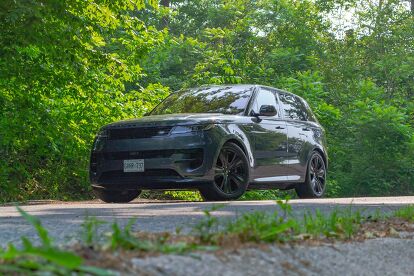














































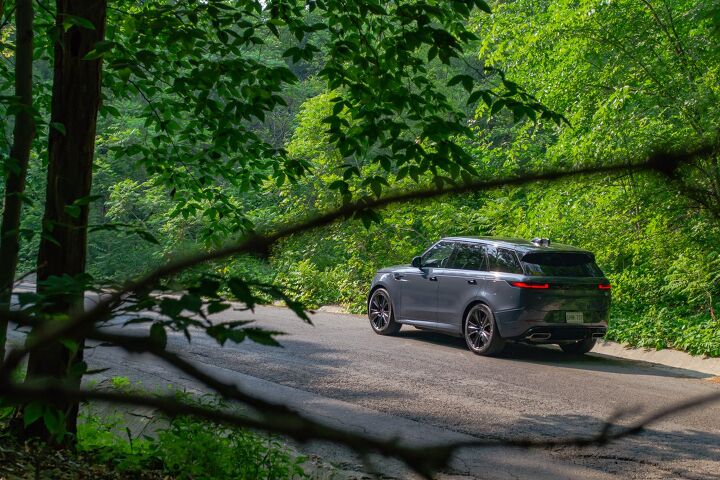


















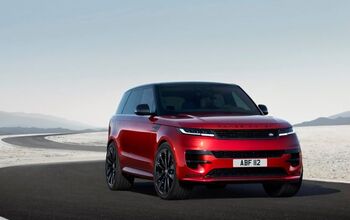

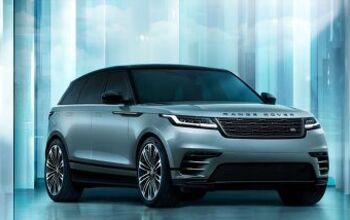

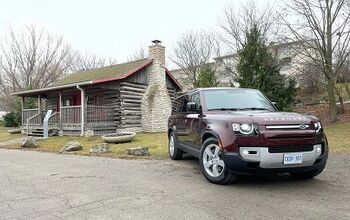

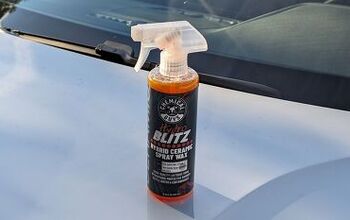
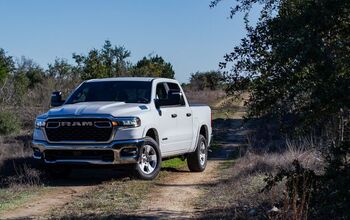
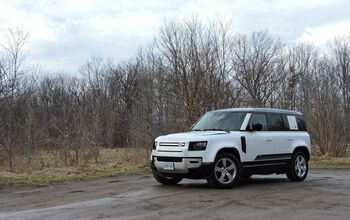

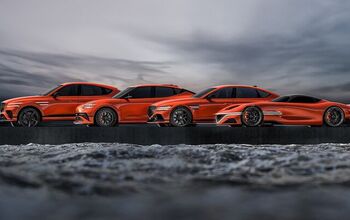
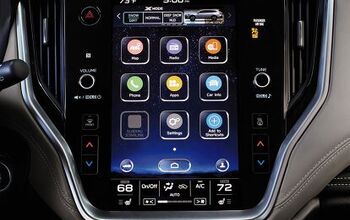

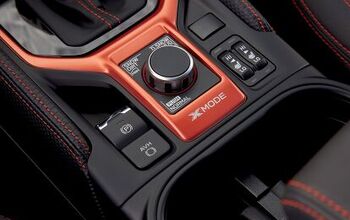

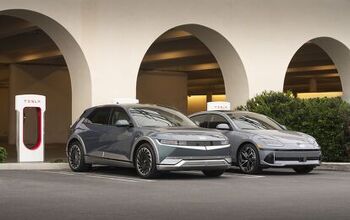
Comments
Join the conversation